Filters often cause confusion, especially for beginners.
So here is a bit of an article about filters.
What: What are filters?
Filters are just that, they FILTER! Actually they filter light in a wide variety of ways. Each filter has a different purpose, but their uses are limitless and only your imagination can limit how and when a filter could be used.
Filters can be attached to the front of a lens by either being screwed on directly, or mounted in a holder. They can be inserted inside a lens (generally older lenses). They can be attached to flash units. But no matter how a filter is deployed its purpose is to alter the light and thus change the image captured by the camera's sensor.
When you use a filter on your camera, you are placing another element between the sensor and the scene. There is quite a deal of debate about the degradation of image quality caused by using filters. A filter places another element between your sensor and the scene. Cheap filters are often seen to cause a degradation in image sharpness. Everyone has to weigh up for themselves if the advantages of using a particular filter are more than the disadvantages of losing some image quality. This is a personal choice.
Below are some examples of what filter can look like and how they are mounted
Screw on filter: These can be attached directly to the thread on the front of your lens
Filter holder system : the holder screws on the the lens and then the filters slide into the holder
Flash filter : the filter goes over the flash to alter the light output from the flash unit
Studio Light Filter : the filter attaches to the flash unit for studio style photography
Why: Why use filters?
Why use filters? Huge question with answers that could go on forever, but the simplest answer would be that photographers use filters to alter the resultant photo in some way.
It maybe to make the sky appear bluer and more contrasty, or perhaps to cut down the light levels hitting the sensor/film to allow a slower shutter speed to capture that milky waterfall shot. Perhaps it is to create an atmosphere in the shot that is not really there. Think along the lines of blue filters used in movies to create a 'night' effect. Filters can help a photographer achieve the creative idea in their head. How and when filters are used can be endless and limited only by your imagination.
When : When should filters be used?
Photographers can use filters whenever they want. Some filters are used more commonly than others, and also photographers of certain genre are more likely to use filters and specific filter types than others.
Landscape photographers will often use polarisers, neutral density graduated filters and neutral density filters when taking their photos as these filters allow them to produce better results straight of of camera.
Studio photographers may use coloured gel filters over their studio flash units to create a specific atmosphere in their studio to suit the shoot they are undertaking. A vehicle photographer may use a polarising filter to cut down glare on the glass and shiny surfaces of a car.
Which filters and when you use them is really dependent on what genre you photograph and what you want to achieve at any given time. Learning which filters are good for what situations is all part of photography.
Filters do not have to be used.
Which One : Which filter does what?
So now you have an idea of what filters do, what the different filter systems are, you probably want to know about specific filters and what they do and when to use them?
The range of filters available is huge. Even within a given filter type there can be differing strengths. So not only might you have to decide on what filter type you might like to purchase, but also which strength of filters within that type you may need.
Lets look at some of the more common filter types and their uses.
UV filter : The UV filter was much more popular in film days as film often was reactive to UV light. A UV filter would block out the blue tinge you see when you look at distant hills. Digital camera sensors are not so sensitive to UV light and thus the need for UV filters has lessened as digital has progressed. Some people still like to place a UV filter on their lenses to protect the front lens element. There is considerable debate about the effectiveness of this against the degradation of image quality that filters cause. A UV filter will often look clear.
Polariser : A polariser has several purposes. A polariser can be used to cut down the light entering the lens, it can be used to boost contrast and it can be used as a way to eliminate reflections (think polarised sunglasses). A polariser is a very popular filter cause of its range of uses. Landscape photographers use a polariser to give skies a more vivid blue and increase contrast. Photographers who take automotive shots can use a polariser to reduce/eliminate reflections from glass and shiny surfaces on car bodies.
Neutral Density : neutral density filters are so called cause they are supposed to be a neutral colour. Most are a grey/brown and their purpose is to darken a scene. Placing a neutral density filter onto your camera will reduce the amount of light getting to the sensor. This will allow you to use a longer shutter speed for example, before the highlights in your photo are blown out. Neutral density filters can be used anywhere that the light is to intense for the creative result you want to achieve. Neutral density filters come in a range of 'strengths' thus allowing the photographer to choose how much light they are reducing.
Graduated Neutral Density : Graduated Neutral density filters are just a version of neutral density filters where the filter is graduated from clear at one end to darkened at the other. These filters are most used by landscape photographers to balance the light from the sky with the foreground. Often the sky is a lot brighter than the ground, and due to limitations with camera sensors, the entire brightness of the scene is to much for the sensor to capture well. This leaves the photographer with a well exposed sky and a very dark foreground, or a well exposed foreground and a blown out (white) sky. Graduated neutral density filters can balance this by darkening the sky and leaving the foreground part of the scene alone. Again these filters come in different strengths to allow the photographer to choose how much darkening is needed.
Coloured Filters : Coloured filters come in every colour and shade of the rainbow. They come in solids and also in graduated forms. There usage is myriad and it is really up to the photographer to enjoy working with these filters and the results are limited only be the photographers imagination. Some can be used to create very subtle results and others produce vivid intense colours. They can be used on the lens or on a flash unit.
Special Effect Filters : The range of special effect filters is myriad as well. From star effects, fog filters, macro filters, soft focus, centre spot and more. A lot of these filters have been replaced by digital editing filters but they are still available for those who want to experiment with them.
There are many more filter options available, and which ones you may want to use is really up to you.
Some links to popular filter manufacturers
Lee Filters : http://www.leefilters.com/
Cokin Filters : http://www.cokin.co.uk/
Tiffen : http://www.tiffen.com/products.html?tablename=filters
B&W : http://www.schneideroptics.com/filters/index.htm
Disclaimer : all images used are either my own, or used with permission







 Thanks useful information:
Thanks useful information: 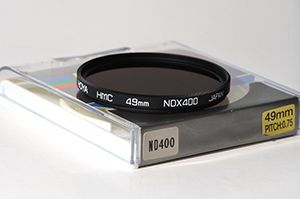



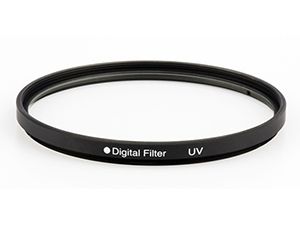

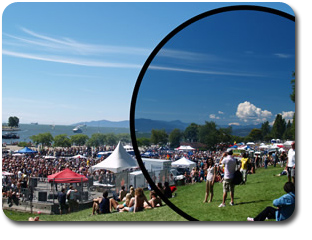
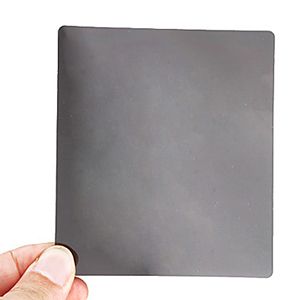
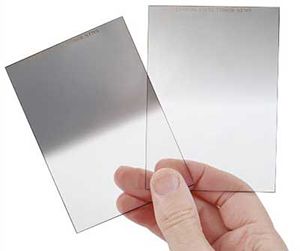
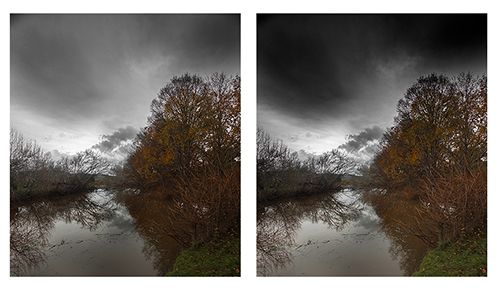













 Reply With Quote
Reply With Quote Add To Bookmarks
Add To Bookmarks
 Threadstarter
Threadstarter











